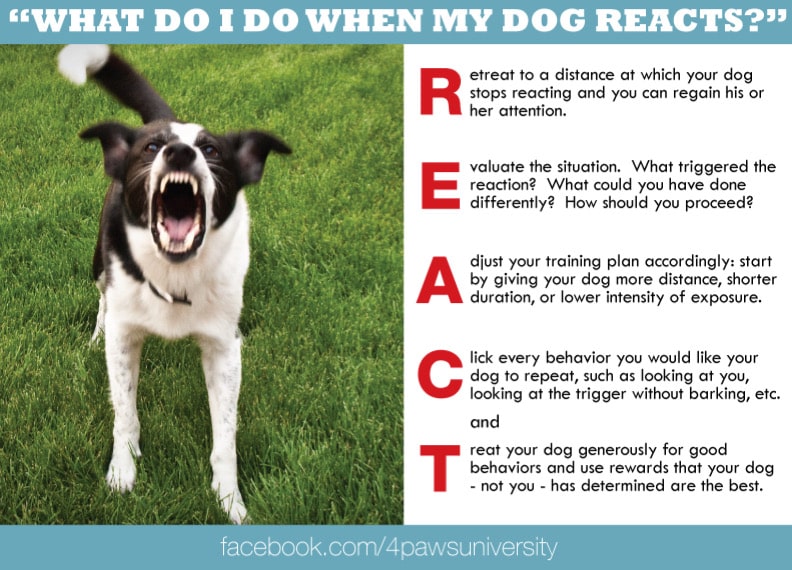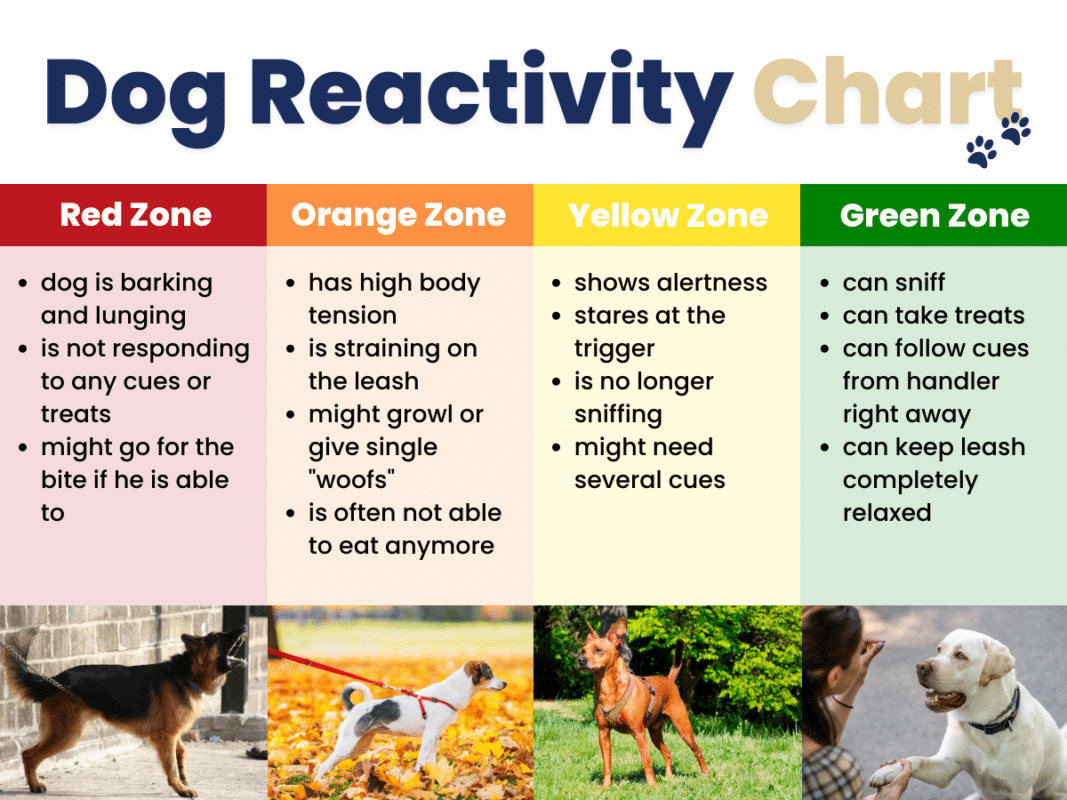Behavior Modificatio, Canine Psychology, DogTraining, Pet Well-Being
Comprehensive Guide, Reducing Dog Reactivity, and Evidence-Based Methods.
Evidence-Based Training to Reduce Dog Reactivity: A Step-by-Step Guide for Lasting Behavior Change
Introduction:
This comprehensive training plan is designed to address a common but complex issue many pet parents face: reactivity and excessive barking in dogs when exposed to specific triggers, such as neighbors’ activities or noises associated with trash bins. Reactivity is a behavioral response that may manifest as barking, running, or lunging and is often rooted in emotional states such as fear, anxiety, or over-excitement
This detailed, step-by-step training plan incorporates evidence-based methodologies primarily from the fields of classical and operant conditioning, as substantiated by canine behavioral research. Divided into four critical phases, the plan aims to desensitize the dog to triggers, instill replacement behaviors, generalize these behaviors across different scenarios, and finally, establish a maintenance routine for long-lasting results.
Phase 1 focuses on Desensitization and Classical Conditioning, aimed at changing the emotional response of the dog towards the identified triggers. Phase 2 delves into Operant Conditioning and Replacement Behaviors, emphasizing the teaching of alternative behaviors to replace reactive ones. Phase 3 centers on Proofing and Generalization to ensure the dog can perform learned behaviors in various settings. Finally, Phase 4 involves Maintenance and Troubleshooting to maintain progress and address any regression.
Each phase is further broken down into granular steps, enriched with specific tasks and examples to ensure a straightforward application. This guide serves both seasoned professionals in the field of dog behavior and pet parents with little to no background in canine behavioral training. By adhering to this plan, pet parents are empowered to work effectively with their dogs to reduce reactivity and improve their quality of life.
Phase 1: Desensitization and Classical Conditioning
Step 1: Baseline Measurement
Task: Record the dog’s behavior regarding triggers, noting frequency, duration, and intensity.
Example 1: Monday: Barked 5 times at neighbor’s kids, each episode lasting 2 minutes.
Example 2: Tuesday: Barked 3 times at the sound of trash bins, each episode lasting 1 minute.
Step 2: Create a Controlled Environment
2.1 Barrier Setup
Task: Install a baby gate or use furniture to obstruct the dog’s view while allowing sound to pass.
Example: If the window overlooking the neighbor’s yard is a trigger, place a baby gate 3 feet away from the window to create a buffer zone.
2.2 Sound Masking
Task: Use a white noise machine or dog-specific music to reduce the clarity of outside noises.
Example: Place a white noise machine near the area where the dog usually reacts.
Step 3: Classical Conditioning
3.1 Trigger Anticipation
Task: Initiate training sessions when a known trigger is about to occur.
Example: If the neighbors usually take their trash out at 6 PM, start a session at 5:55 PM.
3.2 Click and Treat
Task: The moment your dog hears the trigger but before reacting, click and immediately provide a high-value treat.
Example 1: The dog hears the sound of children playing. Click and treat before any reaction occurs.
Example 2: The dog hears the trash bin being rolled out. Click and treat before barking starts.
3.3 Session Repetitions
Task: Continue the “Click and Treat” process for multiple instances during each session.
Example: In a 15-minute session, aim for at least 10 successful “Click and Treat” instances.
Phase 2: Operant Conditioning and Replacement Behaviors
Step 4: Teach “Quiet” Command
4.1 Initial Cue
Task: Start by saying “Quiet” when the dog is already silent.
Example: During a calm moment, say “Quiet,” click, and then treat.
4.2 Behavior Association
Task: Progress to using “Quiet” to stop barking, then click and treat.
Example: During a barking episode, say “Quiet.” When the dog stops, even briefly, click and treat.
Step 5: Teach “Go to Your Spot” Command
5.1 Spot Selection
Task: Select a specific area in the room far from the trigger point.
Example: Choose a corner of the room, away from windows or doors.
5.2 Command Association
Task: Lure the dog to the spot with a treat, say “Go to your spot,” click when the dog is in place, and then treat.
Example: Use a treat to guide the dog to the chosen corner. When he reaches the corner, say “Go to your spot,” click, and treat.
Step 6: Integrate Commands
Task: Once the dog has learned each command, combine them in sequence when a trigger occurs.
Example: Cue “Quiet,” then once the dog is quiet, cue “Go to your spot,” click and treat when each behavior is performed correctly.
Phase 3: Proofing and Generalization
Step 7: Add Duration and Distractions
7.1 Increase Quiet Time
Task: Gradually increase the duration the dog must remain quiet before clicking and treating.
Example: Start with 5 seconds of quiet, then gradually increase to 10, 15, and so on.
7.2 Add Varied Noises
Task: Introduce different but similar trigger sounds during training sessions.
Example: Use a sound app to mimic the noise of different types of trash bins or children playing.
Step 8: Real-World Testing
Task: Slowly introduce the dog back to less controlled settings while maintaining the training protocol.
Example: Remove the baby gate but keep the white noise machine. Use the “Quiet” and “Go to your spot” commands, click and treat.
Phase 4: Maintenance and Troubleshooting
Step 9: Weekly Checks
Task: Periodically review your dog’s progress, noting any backslides.
Example: Keep a weekly behavior log to identify any regression or triggers not yet addressed.
Step 10: Troubleshoot
Task: If you observe a regression, revert to the step where the dog last showed consistent success.
Example: If the dog begins reacting again during real-world testing, revert to the controlled environment phase.
Please note that consultation with veterinary professionals or Certified Dog Behavior Consultants is advised for any medical issues that could contribute to the behavior (Herron, M. E., et al., “Survey of the use and outcome of confrontational and non-confrontational training methods in client-owned dogs showing undesired behaviors,” Applied Animal Behaviour Science, 2009).
Conclusion:
In conclusion, this comprehensive and evidence-based training plan offers a structured approach to mitigate canine reactivity, often manifested through behaviors such as barking, running, or lunging. While the guide focuses on auditory triggers, such as the sound of neighbors or trash cans, its principles and methodologies are versatile enough to be applied to a myriad of other triggers. Whether it’s reacting to passing cars, other animals, or even unfamiliar sights, the desensitization and conditioning processes can be tailored to suit the individual dog’s specific trigger points.
Why Avoid Punishment?
It’s crucial to steer clear of punishment-based methods when working with reactive or anxious dogs. Research has shown that punishment can exacerbate anxiety and potentially make reactive behaviors worse (Hiby, E.F., Rooney, N.J., Bradshaw, J.W.S., “Dog training methods: their use, effectiveness, and interaction with behavior and welfare,” Animal Welfare, 2004). Punishment may also erode the trust between the pet parent and the dog, making any form of behavioral correction or learning harder to achieve in the long term.
The Power of Positive Reinforcement:
In contrast, positive reinforcement methods encourage a dog to repeat desired behaviors by rewarding them, thereby fostering a sense of trust and mutual respect between the pet parent and the dog. Reinforcing good behavior is proven to be more effective and humane in both short-term training and long-term behavior modification (Rooney, N.J., Cowan, S., “Training methods and guardian–dog interactions: Links with dog behavior and learning ability,” Applied Animal Behaviour Science, 2011). Positive reinforcement also contributes to a more enjoyable and less stressful learning experience for your pet, setting the stage for more advanced training and a harmonious home environment.
By adhering to the principles of positive reinforcement and avoiding punishment, pet parents can effectively reduce reactivity in their dogs, improve their emotional well-being, and enhance the quality of life for both the pet and the household. The plan, if followed diligently, serves as an adaptable framework to address behavioral challenges, thereby fostering a more harmonious coexistence with our canine companions.



